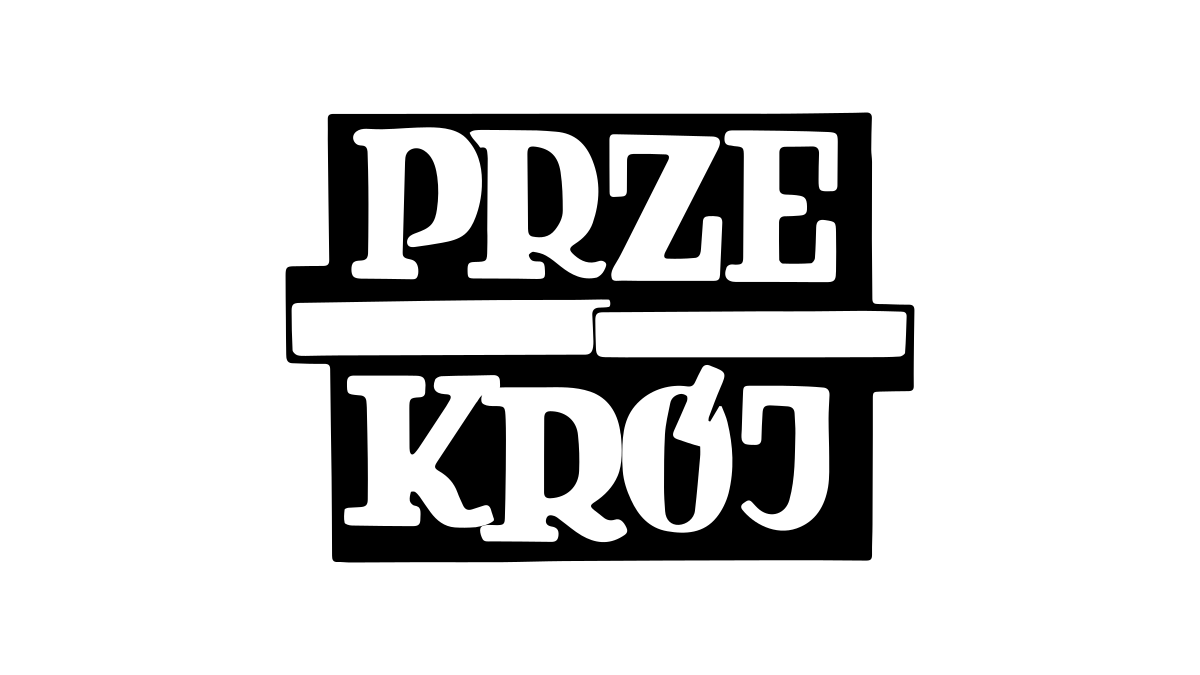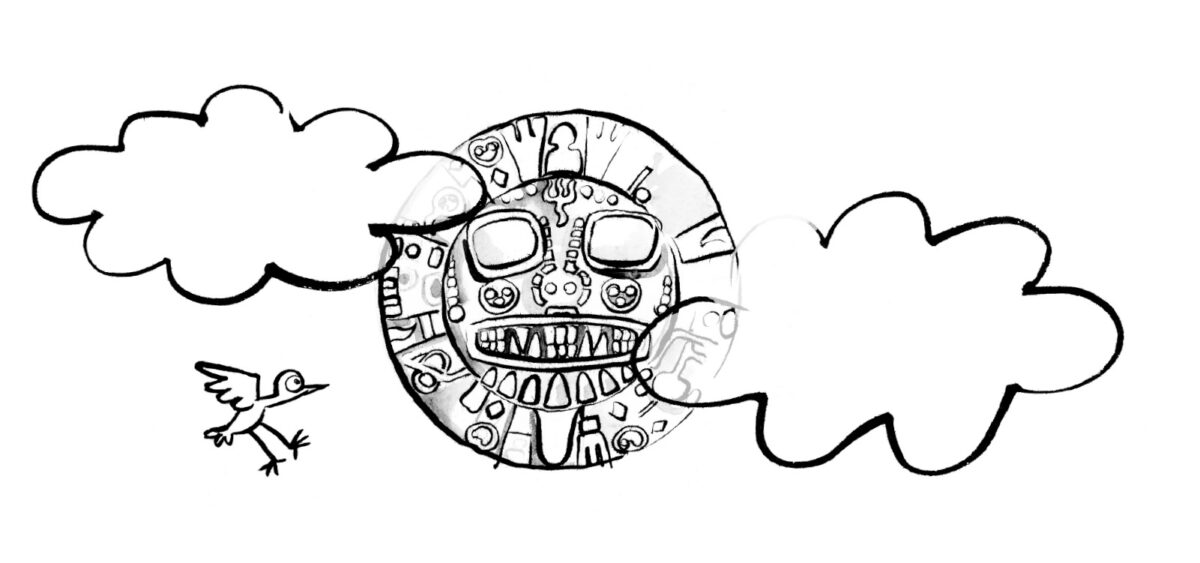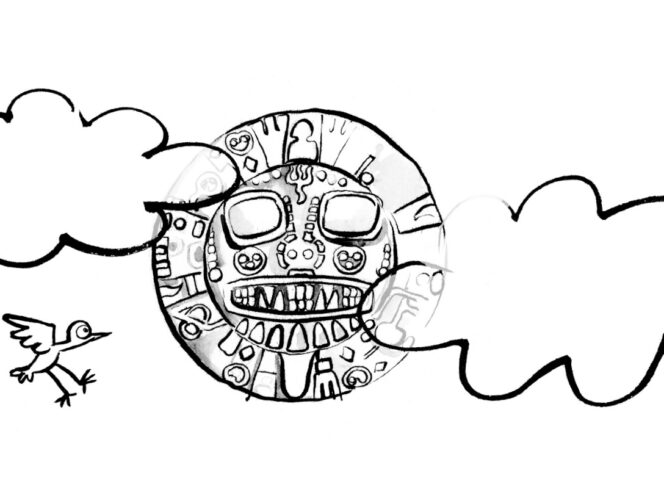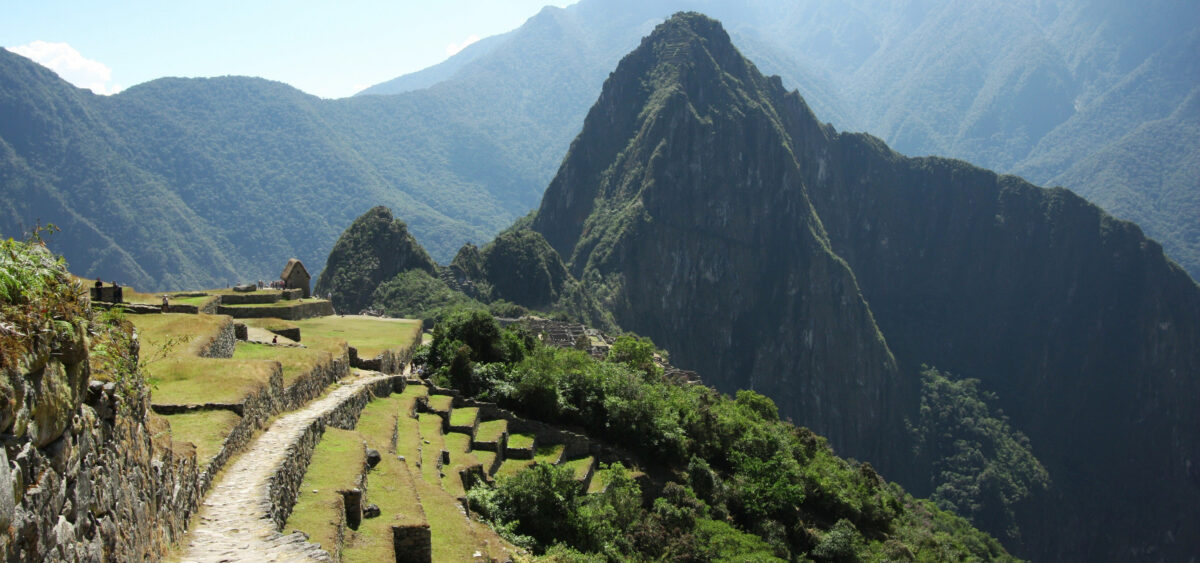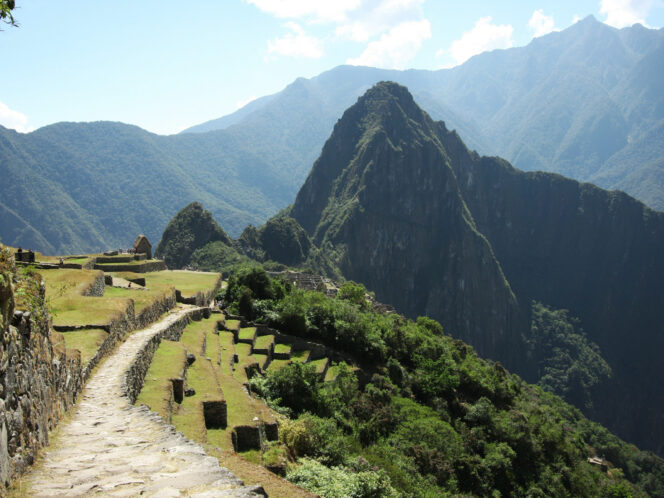
According to the Indigenous people of the Andes, this is where the world was created. This is also where the Inca people first appeared. What does life on Lake Titicaca look like today?
In the beginning, all was darkness. The sun, stars and moon didn’t exist yet. Then, the Creator God – Apu Qun Tiqsi Wiraqutra (in Quechua, ‘Man from the Sea Foam’, or simply, Viracocha) – came forth from Lake Titicaca and the miracle of creation began. Human giants appeared on Earth, wandering in the dark. Viracocha said that that the world would be beautiful. The giants lived peacefully until they angered the Creator by being disobedient. He flooded the Earth and turned the giants into stones, which are located today in Tiahuanaco, near the ‘holy lake’.
The Creator made another attempt, though. He left his two sons, Imaymana Viracocha and Tocapo Viracocha in Tiahuanaco, and decided to create humans once again. This time, they were smaller, but smarter. They were made from clay and stones, which back then were still soft. He created men, women and children. He divided them into nations and gave to them languages, songs, seeds, vegetables and other foods, so that they wouldn’t starve. He created civilization, liberating humans from primordial barbarity. The Creator presented the humans with laws, established a hierarchy, and taught them how to cultivate the land
